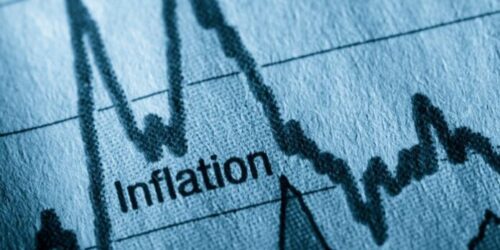The Oil and Gas Regulatory Authority (OGRA) recommended the government to increase the price of petroleum products by Rs3.90 per liter, the government decided to maintain the prices, despite rising international prices. This has been done primarily by lowering the levy.
The government has reduced the levy on petrol from Rs6.39 per liter to Rs4.74 per liter.
Petroleum development levy is a surcharge and set as an absolute rupee amount per liter. It is used as an instrument to bring about stability in the price of petrol by offsetting the impact of drastically changing import prices and costs associated with fuel.
The levy, however, is often seen as a political and fiscal tool to either pass on ‘relief’ to consumers during an election year or to generate more revenue in other years. Previously, the maximum levy was priced at Rs15 per liter but it has now been raised to Rs30 per liter.
Why is the government lowering its levy revenue?
“Every Rs5 increase in the price of petroleum results in a 20 bps rise in inflation. This means the impact of Rs1 rise in petrol price causes inflation to increase by 4 bps,” explains Arsalan Hanif, Analyst at Arif Habib Limited.
A major concern for the current government is to tame rising inflation. In April, Pakistan witnessed its CPI rising to double digits after a gap of 12 months. Inflation clocked in at 11.1 per cent in April from 9.1 per cent in March.
Based on this, one can say that that the decision to bring down the levy is to provide relief to consumers along with preventing a push in the inflation rate.
Can the government afford to bring down the levy?
The GST and levy incidence for 9MFY21 is roughly Rs40 per liter on petroleum. As a result of solid demand for petroleum and adequate levy and GST over the year, the government should be able to not only achieve but cross Rs700 billion in revenue, up from Rs580 billion in FY20. This reduction in levy, however, may result in the government missing out on its target by a meager amount.
The government has, however, aimed at a levy collection of Rs500 billion. The chances of that being realised are very slim.
Subsidizing fuel prices is frowned upon around the world, wherease subsidising electricity is encouraged. In Pakistan’s case, considering the strong relation fuel prices have with inflation and energy prices, the government is using a reduction in the levy as a means to have some control in the cost-push inflation environment, especially owing to the nature of shortages in food items. A key factor behind the government considering this is due to the fact that petroleum prices are also a means of favor from public, something governments in the second half of their term look towards.
Is petroleum very cheap in Pakistan compared to the world?
The average price of gasoline around the world is approximately $1.16/ liter as at 10 May 2021. Generally, richer countries have higher fuel prices, whereas poorer countries and countries that product and export oil have cheaper fuel prices.
As per Globalpetrolprices.com, there are 27 other countries including Venezuela, Iran, Kuwait, Nigeria, Malaysia, Ethiopia, Iraq, Qatar, Bahrain, Sudan, Egypt, Afghanistan, UAE, KSA, Russia, have cheaper fuel prices than Pakistan. Most of these countries are exporting nations.





